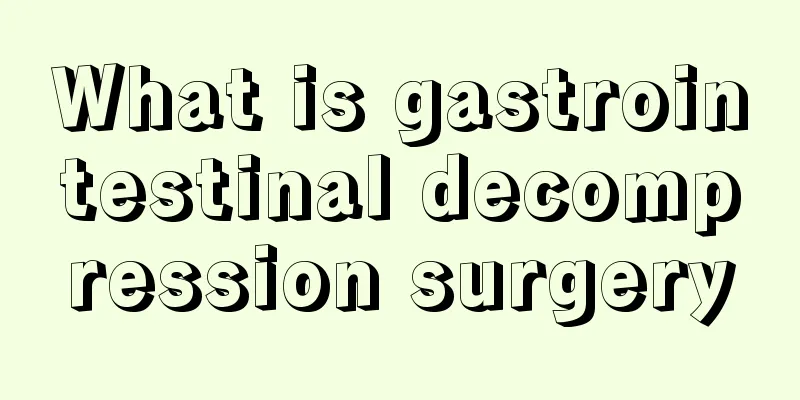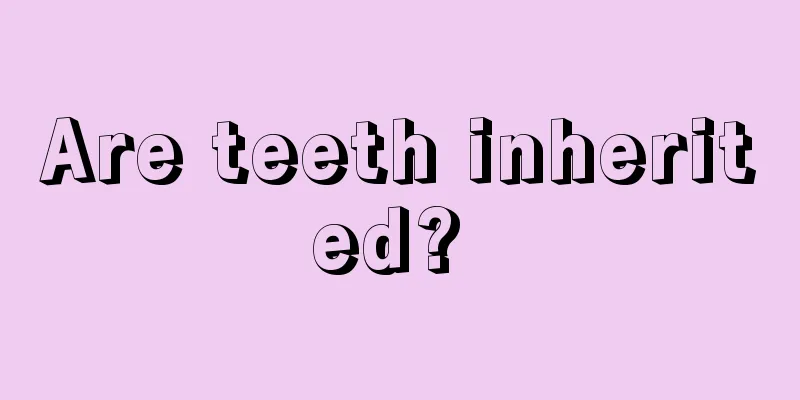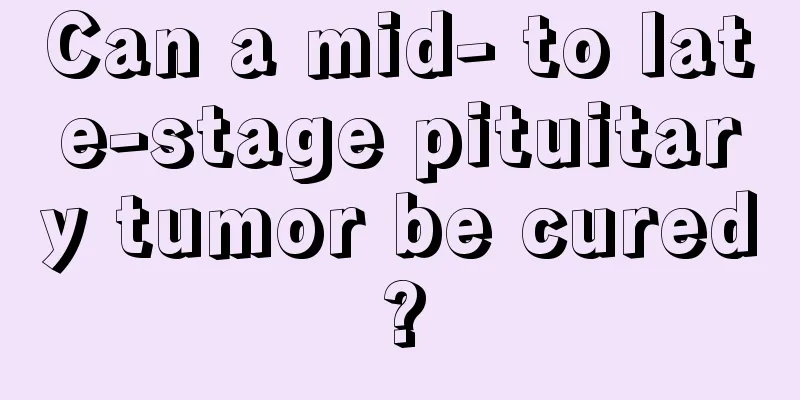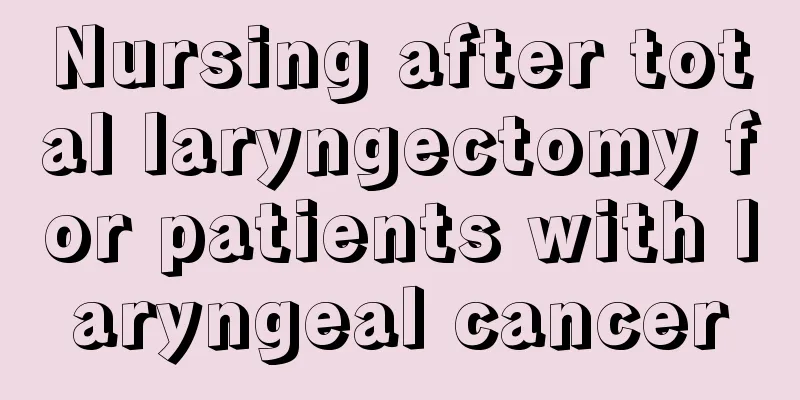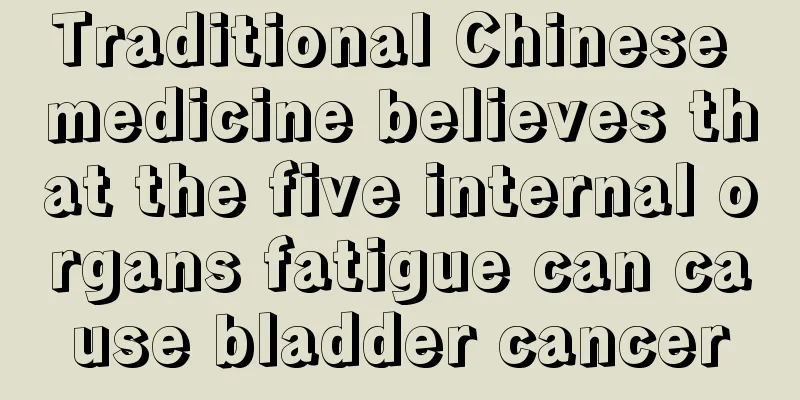Are ovarian tumors generally hereditary?
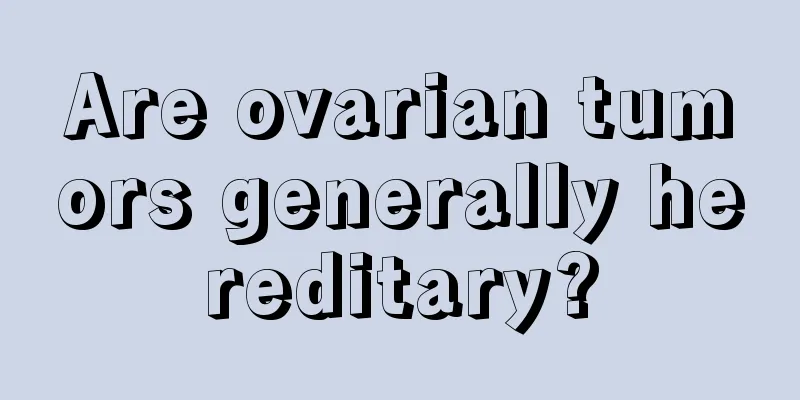
|
Ovarian tumors may be related to genetics, environmental factors such as high-cholesterol diet and industrial pollution, endocrine factors, the relationship between ovulation and carcinogenesis, endogenous stimuli and the physiological position of the ovary, gonadotropin stimulation, immune dysfunction, radiation, etc., which cause ovarian epithelial tumors, ovarian germ cell tumors, ovarian sex cord stromal tumors, and ovarian metastatic tumors. 1. Genetic and family factors Possible genetic factors of human ovarian tumors. It is found that many people with primary tumors in other parts (especially breast cancer) are associated with ovarian cancer. Tumor occurrence has innate factors, which may be due to immune dysfunction. Several families have been reported to have a tendency to develop mesothelioma, breast cancer or ovarian cancer. 2. Nutrition and socioeconomic status Improved nutrition and socioeconomic conditions are associated with an increased incidence of ovarian cancer. The incidence of ovarian cancer in the first generation of Japanese immigrants to the United States is higher than that of women who have lived in Japan for generations. 3. Environmental factors The high incidence of ovarian cancer in industrially developed countries may be related to high-cholesterol diet and industrial pollution. 4. Endocrine factors The average number of pregnancies in ovarian cancer patients is low, and the incidence is higher in non-pregnant women, which shows that pregnancy may protect women from or reduce the incidence of ovarian cancer, because stopping ovulation during pregnancy can reduce ovarian epithelial damage. Ovarian cancer often occurs in women with few pregnancies and non-pregnant women, which also shows this point. Early childbearing, early menopause and the use of oral contraceptives are protective factors for ovarian cancer. The chance of breast cancer and endometrial cancer combined with functional ovarian cancer is twice that of ordinary women, which shows that all three are hormone-dependent tumors. 5. Relationship between ovulation and cancer Malnutrition can reduce the number of ovulations. In fact, ovulation is an important carcinogenic factor. Periodic ovulation repeatedly causes damage and stimulation to the ovarian mesothelium, and also lacks a persistent physiological recovery period. This can explain why the ovarian mesothelium has a tendency to malignant transformation compared to the peritoneum. Ovulation also produces defects and unevenness on the ovarian surface, which easily forms ovarian mesothelial closed cysts, allowing carcinogenic factors to accumulate and stay there for a long time and attach to the mesothelium. |
<<: Are ovarian tumors generally hereditary?
>>: Is ovarian tumor also a genetic disease?
Recommend
What are the ways to make babies grow meat
It is very important for babies to supplement nut...
Does gastric bleeding hurt?
Gastric bleeding is what doctors call gastrointes...
How many types of Panax notoginseng and their effects
We have all heard of the proverb "All medici...
Knee bone hyperplasia, finding the right treatment method is crucial
In daily life, bone hyperplasia of the knee is ve...
What major harm does smoking cause to the skin
Smoking is very harmful to the body in many aspec...
What to do if you have insomnia due to worry
Many people will suffer from diseases in their li...
Dietary treatment that helps treat bladder cancer
Bladder cancer is a common tumor of the urinary s...
There is a pimple on my eye socket
Eyes are the windows to the soul and the most imp...
What are the causes of brain tumors?
As the times progress, people's living standa...
Is ozone an element harmful to health?
As people’s living environment in modern society ...
How to quickly reduce periodontal swelling and pain
Many people experience toothaches. There are many...
The role of potato chips
Potatoes are actually a very common ingredient in...
What is the best diet for lung cancer care? What are the common symptoms of lung cancer?
Lung cancer is a common lung disease that occurs ...
What is the best way to treat mycoplasma urethritis
Mycoplasma urethritis is also a type of urethriti...
Who is at high risk of ovarian cancer
Women with one or more of the following character...

